The Pride of Craft



This narrative on the Pride of Craft salutes all the men and women who have laboured with their hands to produce all that is naturally beautiful and useful in daily living.
It is a tale celebrating the perseverance of Banyan Tree leadership and management in aligning business and community by reinforcing creative development and upholding a sustainable economy.
Our salute to all the associates in Banyan Tree Gallery, past and present, who believed in our business ethos and together helped build our collective memory in this meaningful journey.
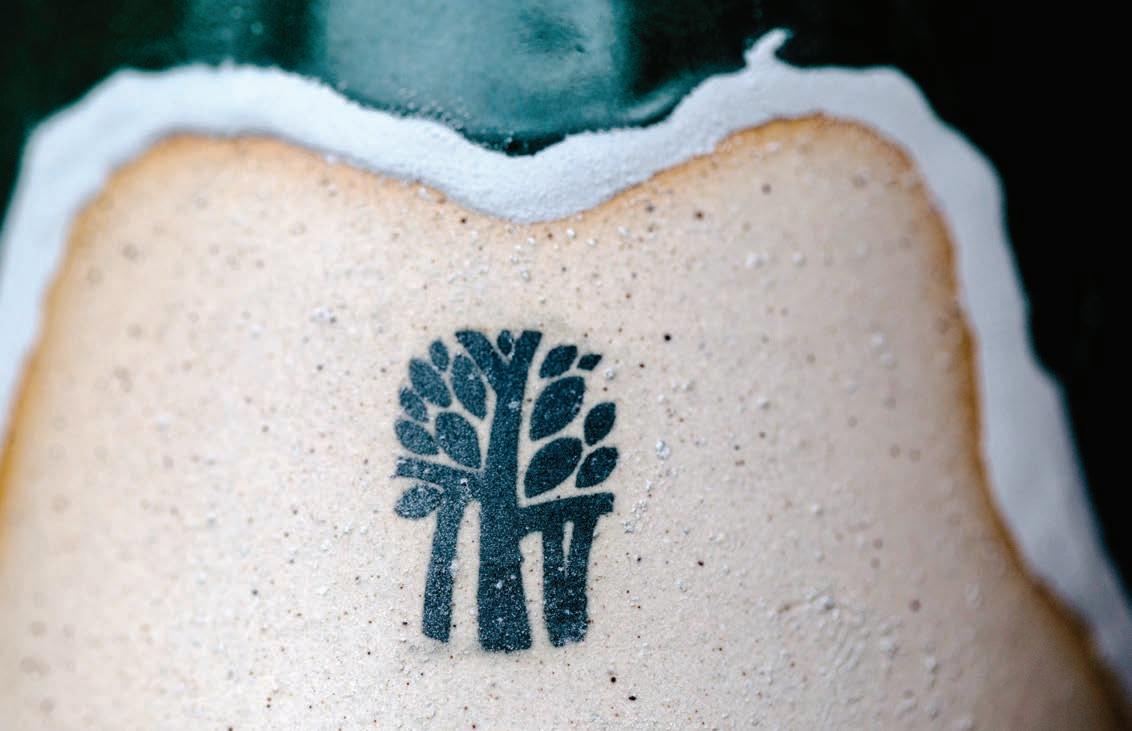 The Banyan Tree logo on a small goblet in Chiang Mai, Thailand.
The Banyan Tree logo on a small goblet in Chiang Mai, Thailand.
A pair of hands support planet Earth, a reminder that we must be united and nurture our children to be tomorrow’s leaders, as we strive to make the world a better place.
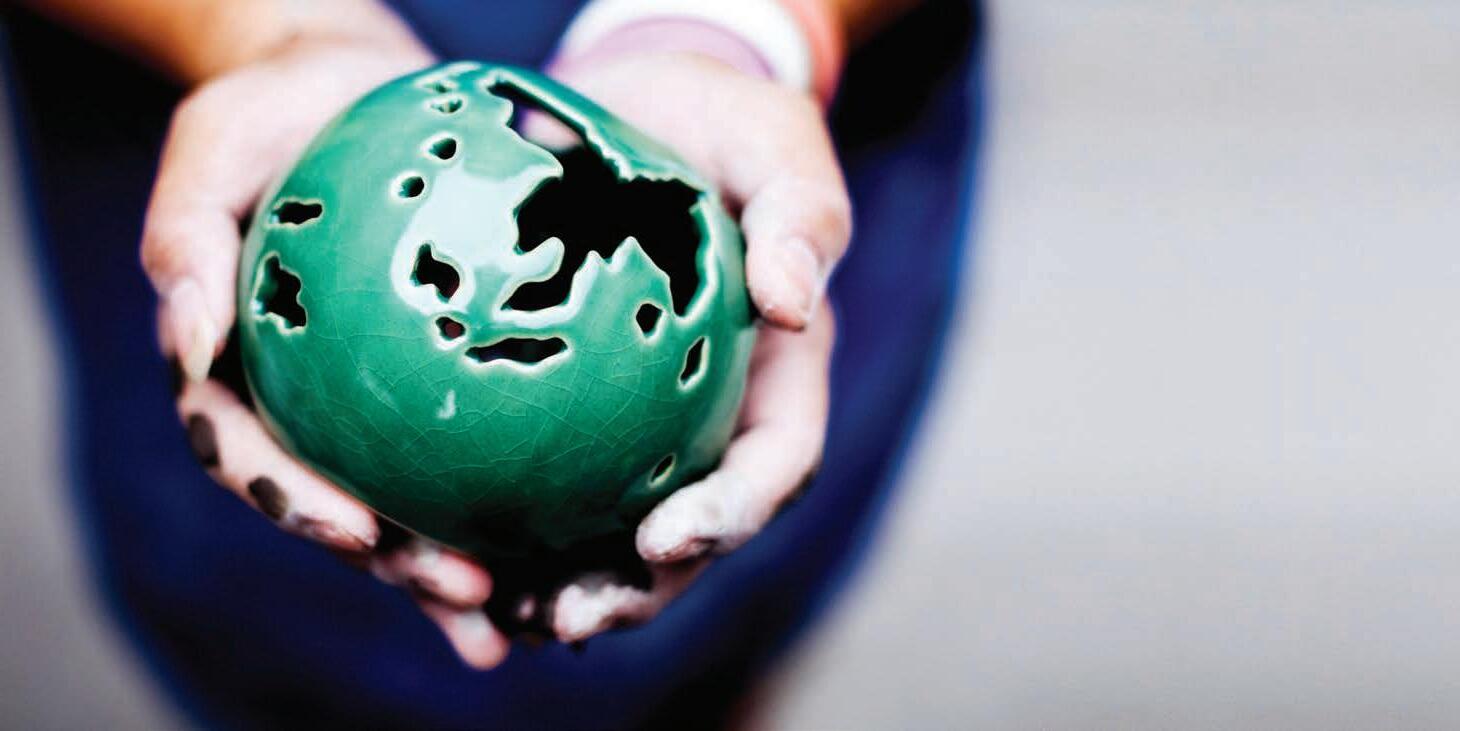
Recognised as a responsible community retailer and winning awards for its efforts over two decades, Banyan Tree Gallery is a business narrative driven by culture, heritage and entrepreneurship. Our journey in commissioning village artisans to produce a whole range of products — pottery, ceramics, basketry, woodwork, fabrics, metalwork — sharpened our heightened sense of the need to conserve traditional skills by producing what is contemporary and market relevant.
We recognise that embedded in these craft creations the numerous hours of work that women and men have committed to producing them; and the generations of wisdom and skills which our forebears have passed on to us. We take pride in craft by accessorising the Banyan Tree group of hotels, our homes and public spaces with village handiwork and artisanal creations. This mission returns dignity to craftsmen, and makes shopping in Banyan Tree Galleries an artful experience.
Claire Chiang, founder of Banyan Tree GalleryThe Pride of Craft

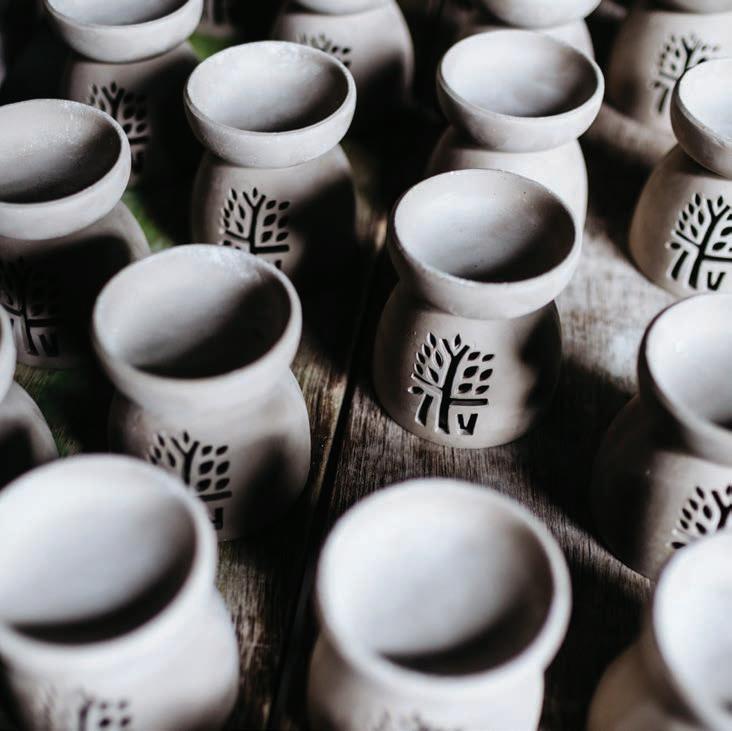
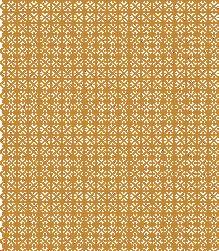
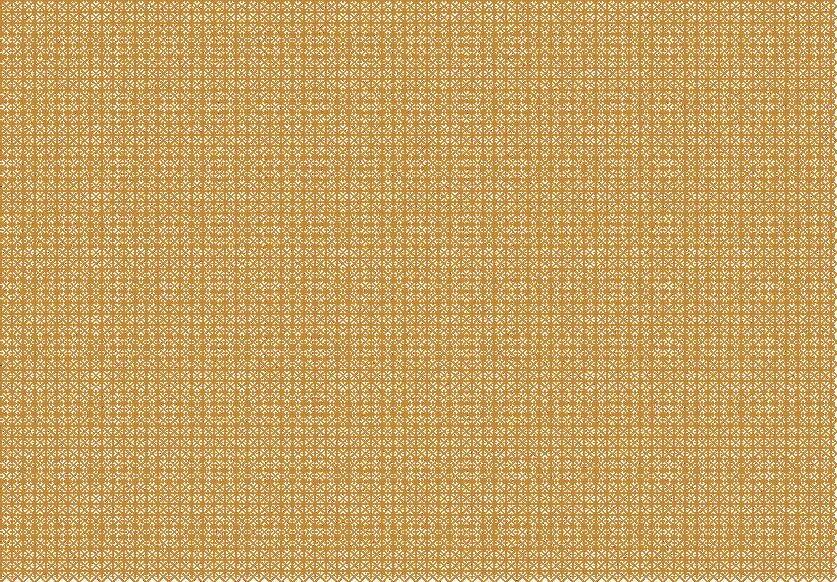
 Banyan Tree products in the middle of production at a crafts village in Chiang Mai, Thailand.
Banyan Tree products in the middle of production at a crafts village in Chiang Mai, Thailand.
The Pride of Craft
 An aerial view of Laguna in Phuket, taken in the eighties, showing the site of the first ever Banyan Tree resort.
An aerial view of Laguna in Phuket, taken in the eighties, showing the site of the first ever Banyan Tree resort.
HERITAGE AND HANDICRAFT

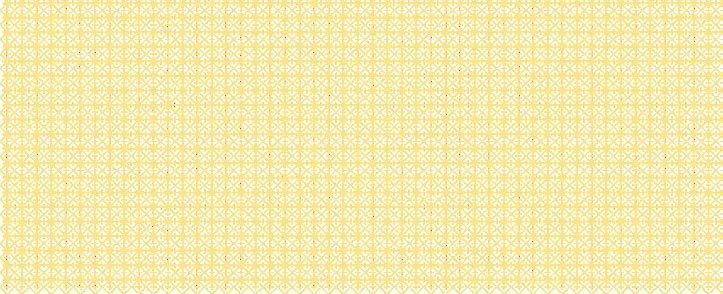
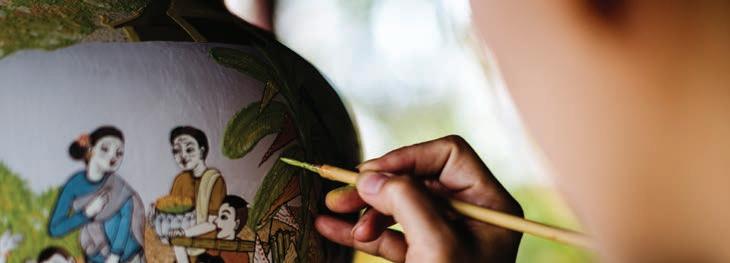

The Pride of Craft


Claire
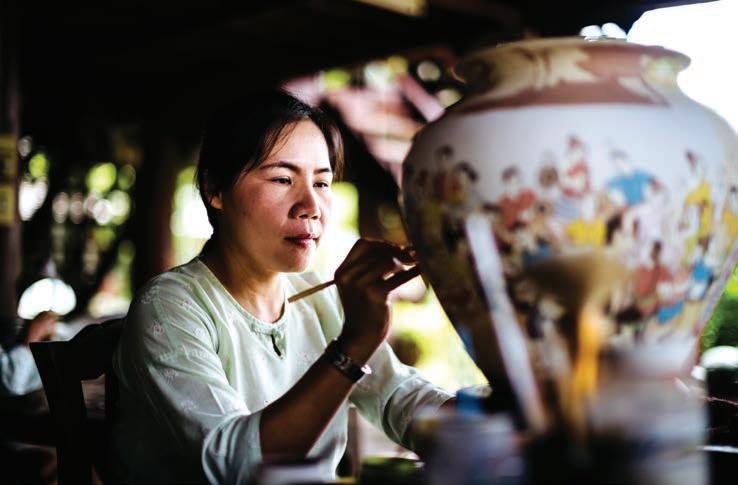
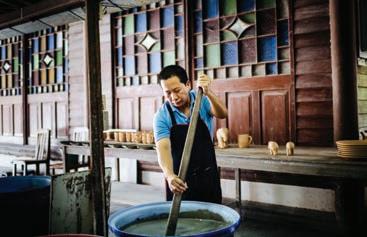
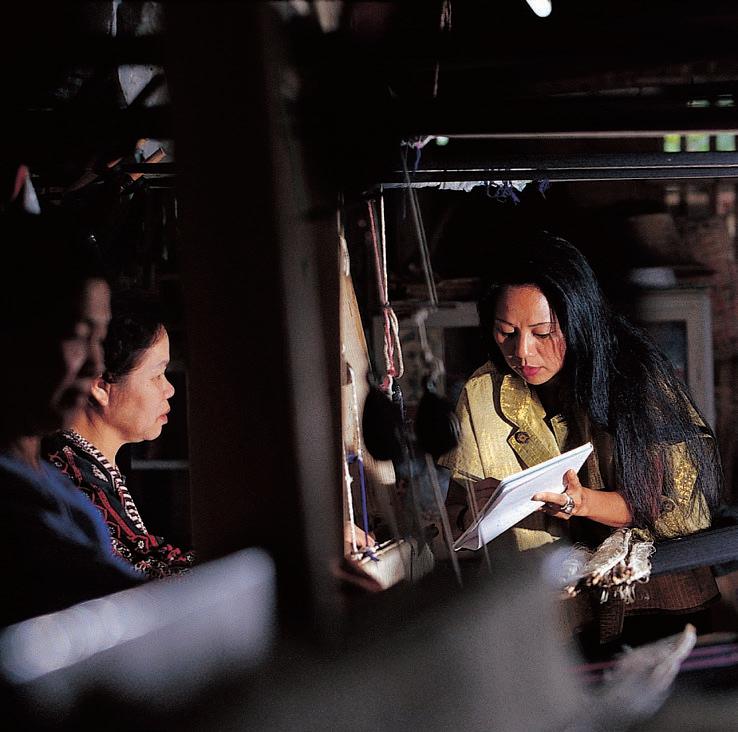
The Pride of Craft
Banyan
customised tags for gift boxes.
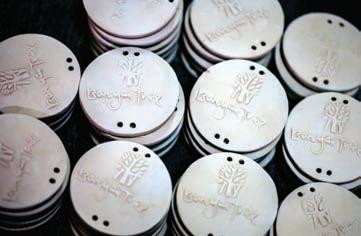 Chiang, talking to traditional weavers about designing products for Banyan Tree’s Gallery.
Tree
Chiang, talking to traditional weavers about designing products for Banyan Tree’s Gallery.
Tree
“To survive for 20 years, where many craft operators have died out, that for me, is a measure of success and satisfaction, we have kept to what we call the craft integrity, as well as to our mission integrity.”A workers mixes glaze for ceramics at Chiang Mai Celadon crafts village in northern Thailand.
The Pride of Craft
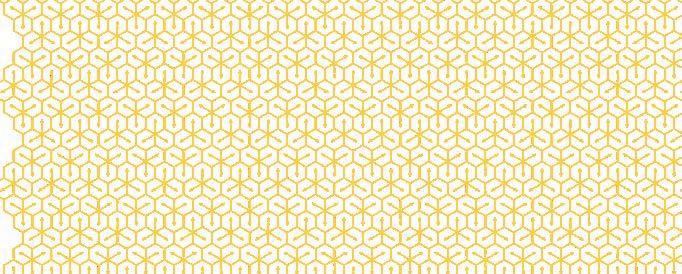


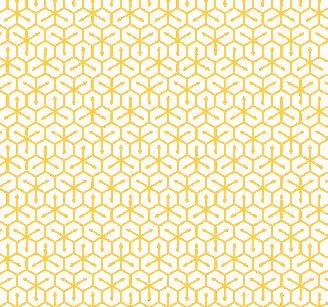

Handcrafted by Thai artisans, the orchid motif seen on this green celadon vase is chosen for its association with complex and exquisite beauty.
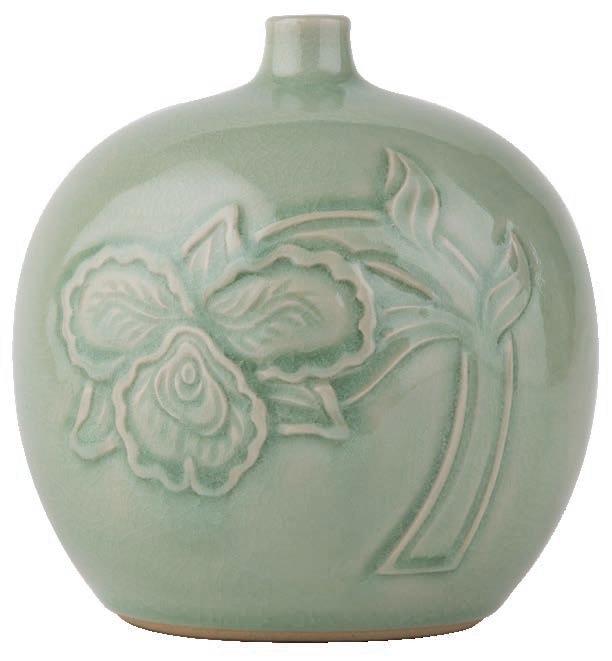
Delicate shadows are cast when candlelight passes through the die-cut logo of this exquisite ceramic oil burner, creating a romantic ambience reminiscent of the tranquil Banyan Tree Hotels and Resorts.

Reminiscent of Thailand’s lush green hills, the silky green-hued celadon ceramics have been a signature product of the kingdom for over 700 years. According to the Metropolitan Museum of Art, celadon was so named after the hero of a 17th century French comedy, whose robes were the same colour green. This style of ceramics was originally found in China, and later traced to Korea as well. The delicately cracked surface adds to their appeal, as does the rich jade green colour, infused by the iron and iron oxide in the clay. Some even consider the distinctive colour a manmade attempt at replicating jade, the precious stone thought, by many Asian cultures, to bring good luck.
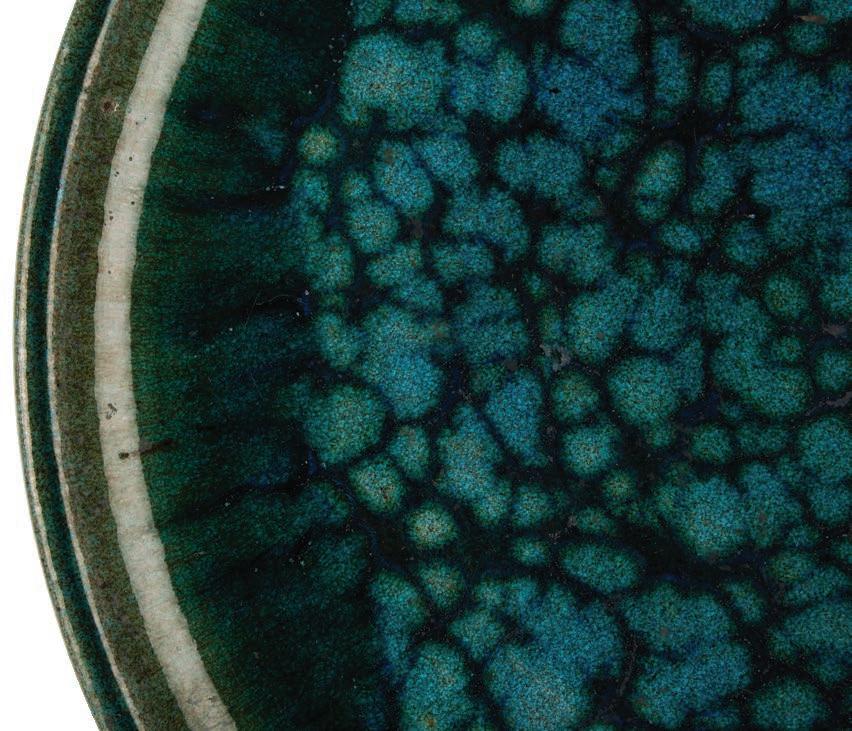
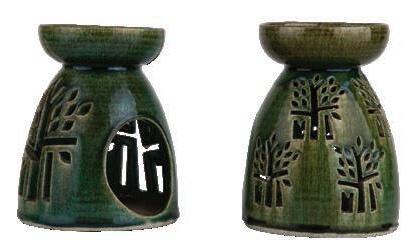
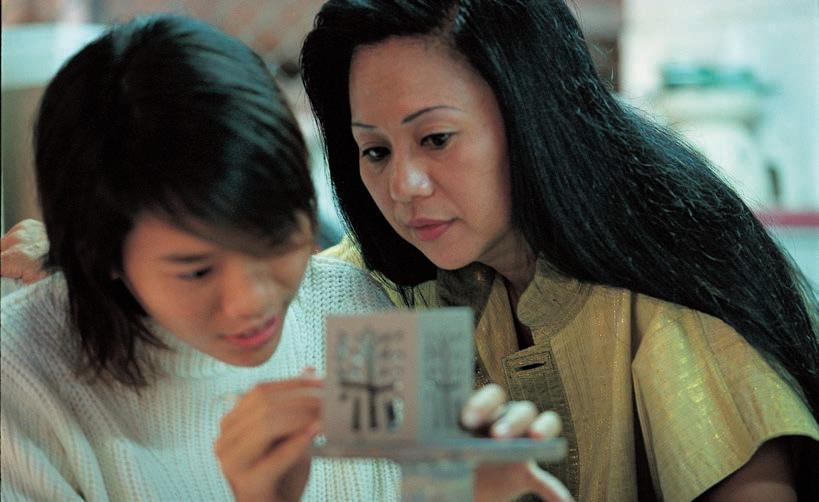
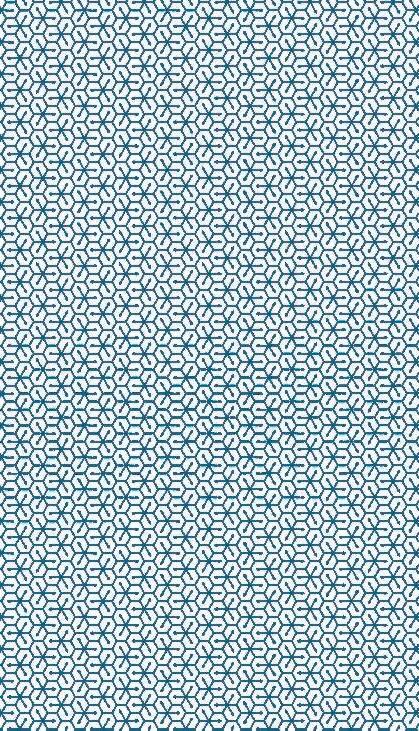
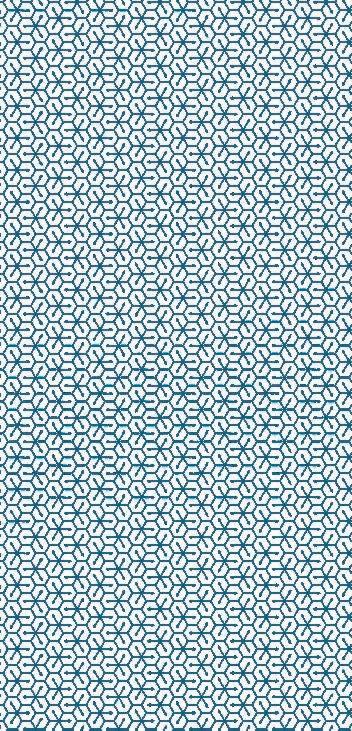
This intricately shaped candle holder from Hanoi, Vietnam, depicts a pair of dragons, the creature of legends long revered in Asian cultures for its association with prosperity and power.
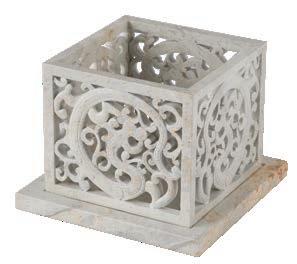
The Pride of Craft
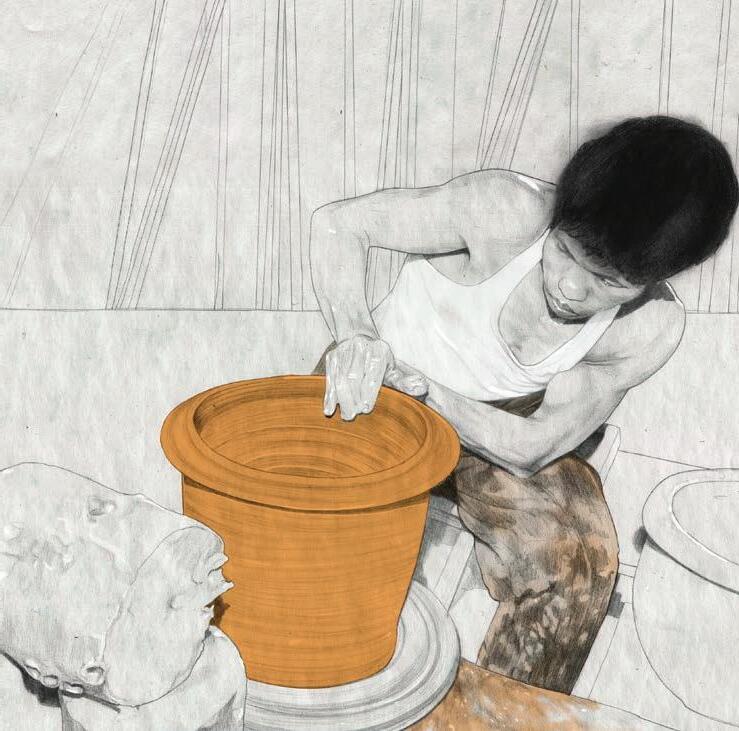

“Protecting the integrity of the artisans and helping them to sustain their community is paramount, and it means working in collaboration and partnership with artisans who share Banyan Tree’s core values.”CRAFTED FROM CLAY
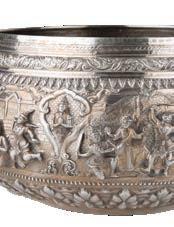
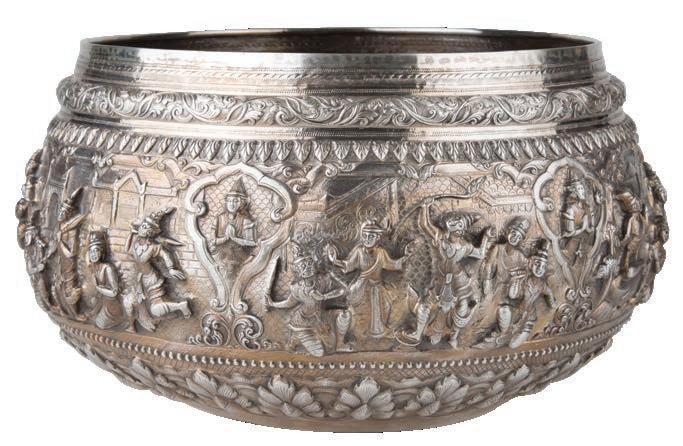
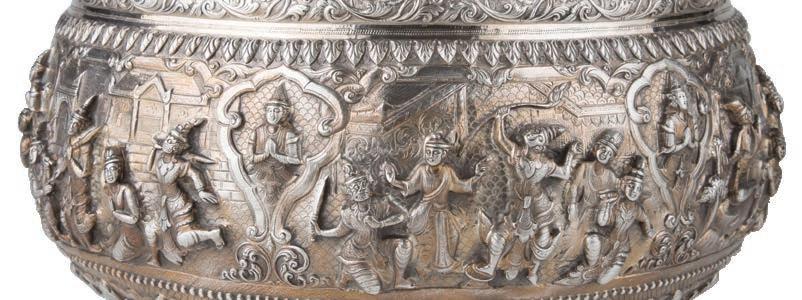
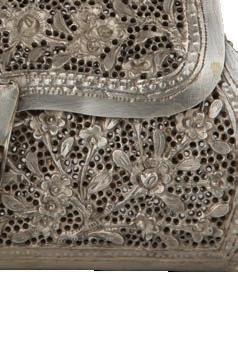
The Pride of Craft











Solid brass bells are used to signal the end of spa treatments, seen here displayed on a bronze Vietnamese ra in drum.
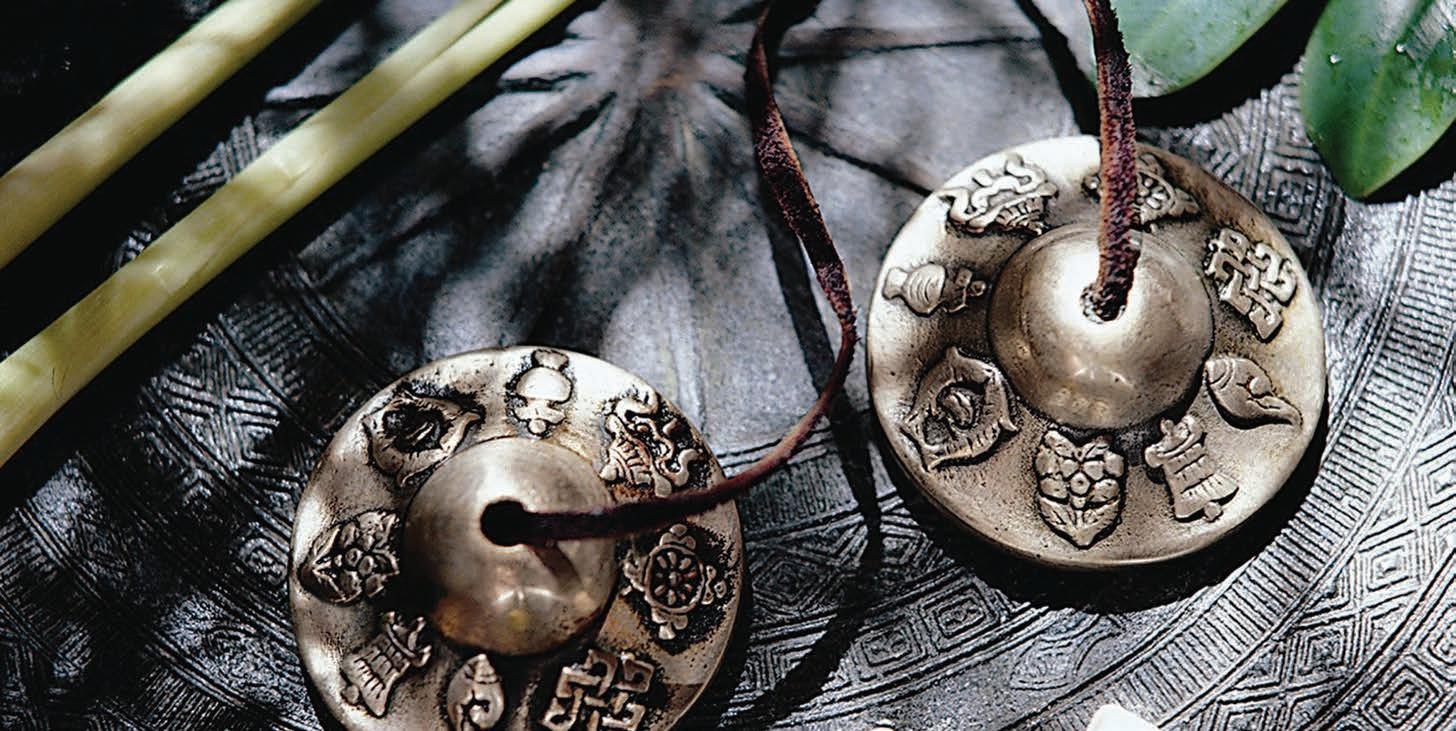
“A cultural trail for me is narrative, it’s a storyline. I want to bring guests to visit the production villages we procure from, and then impart the idea of an aesthetic and the ethos of craftwork and artisanship.”
The silver repoussé bowl from North Thailand are fashioned after Myanmese high-relief designs, depicting characters and symbols from the Buddhist Jataka Tales and the Hindu Ramayana.

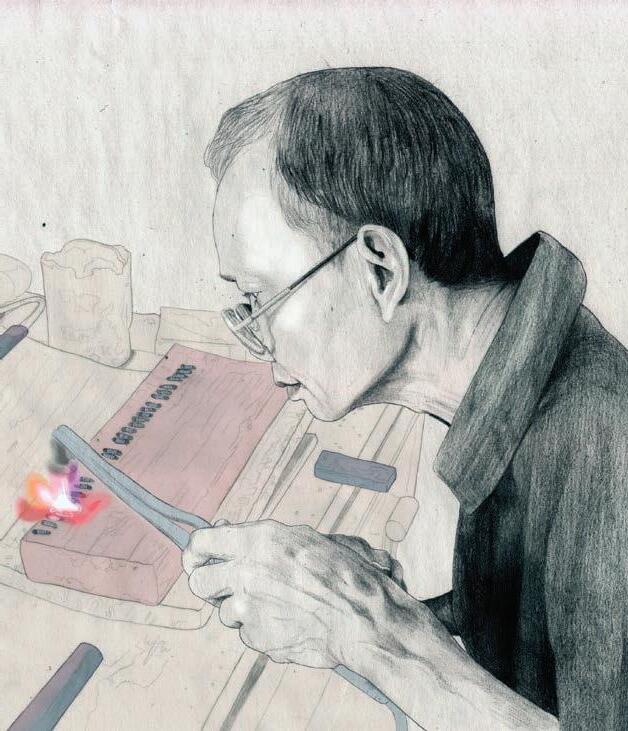
The Pride of Craft
Moroccan designs often feature geometric and floral patterns, out of the Islamic belief in avoiding the use of human or animal influences in architecture and creative works.
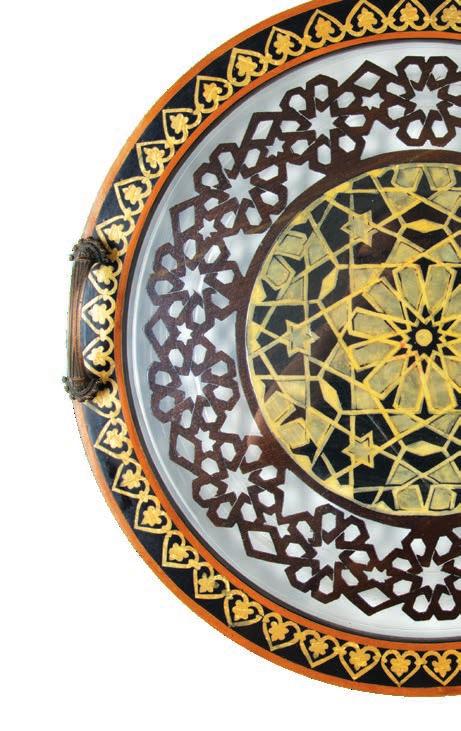
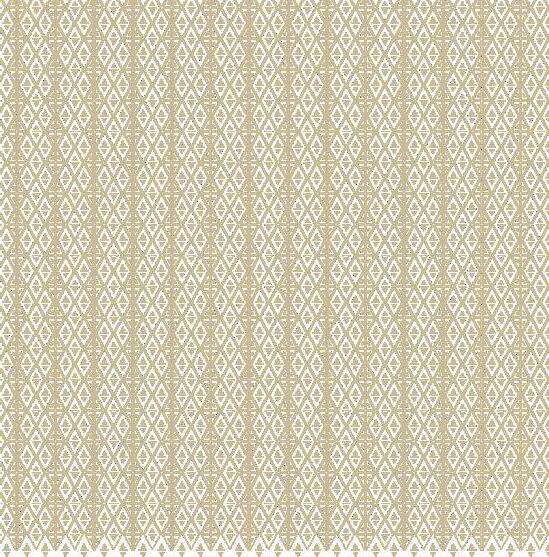


Lacquerware is one of the earliest industrial arts in Asia. Till today, artisans continue to coat the wooden bases of lacquerware with over 40 layers of varnish such as in this Vietnamese lacquerware elephant set.
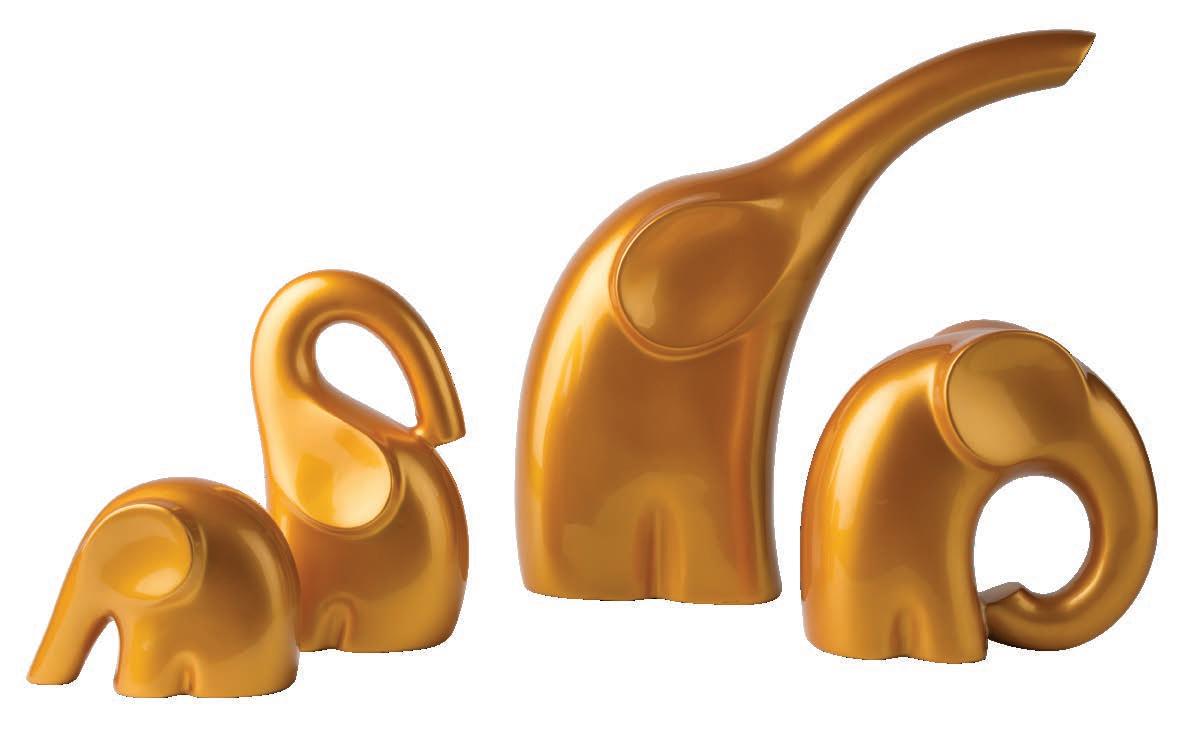
They are personal keepsakes that carry with them a small memory of their destination, and contain threads that link them to years of tradition, encapsulated in a piece of handicraft that may even outlive its owner.
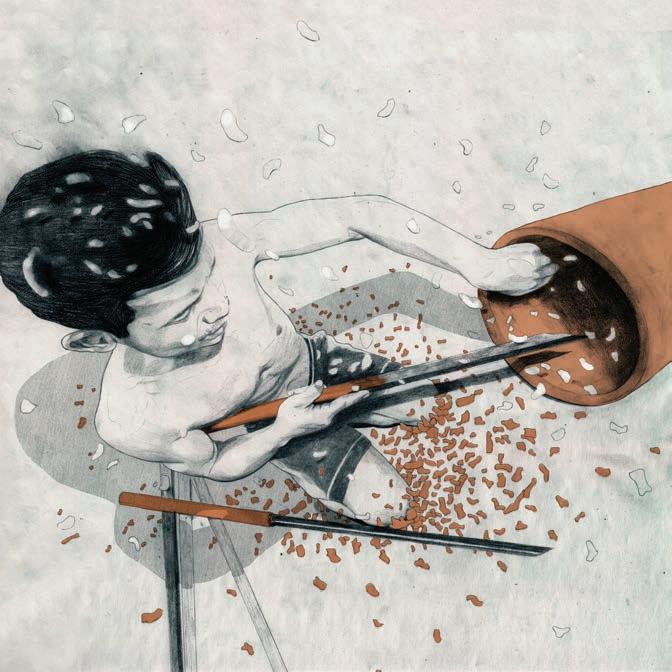


Mangowood is also used by Thai artisans in the creation of this well-seasoned, intricately designed vase as a sustainable source of craft material.
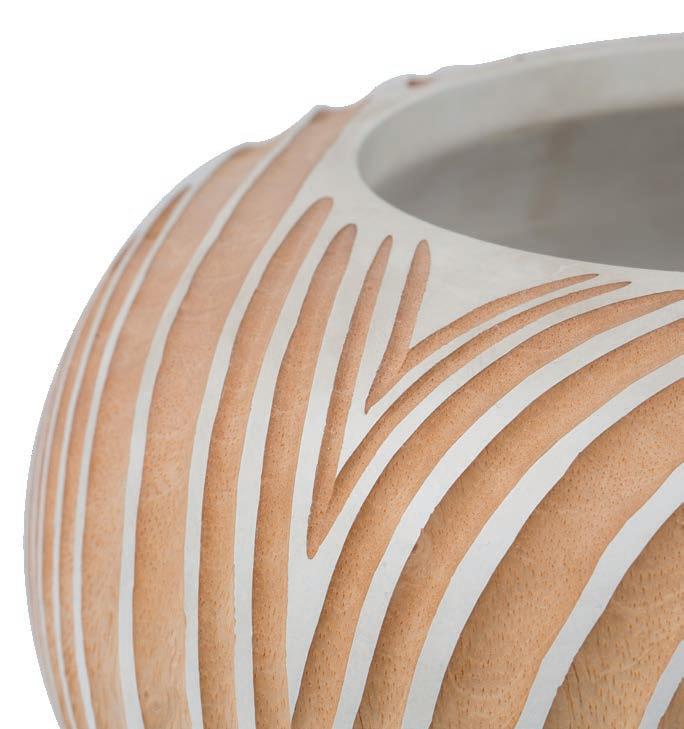
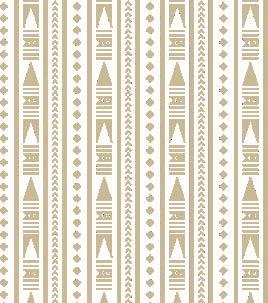


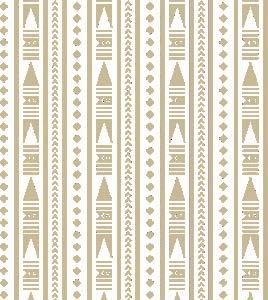

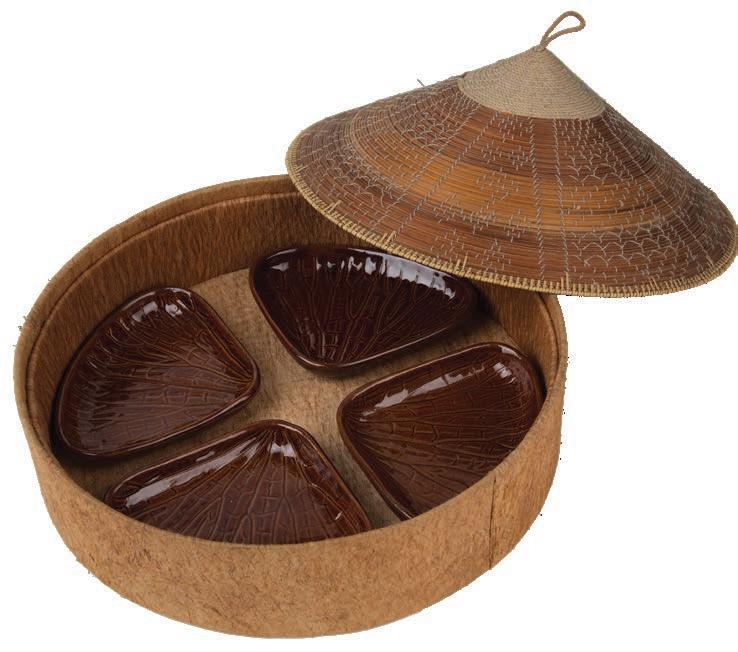



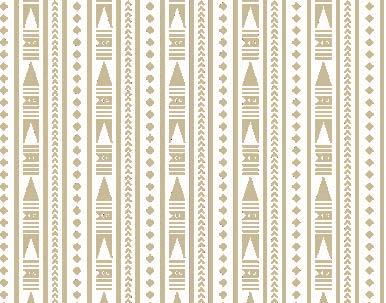
The Pride of Craft
 Combining traditional craftwork and natural materials in a simple beauty, this basket made from papaya, shaded by a bamboo lid, is used for serving food at the table.
Combining traditional craftwork and natural materials in a simple beauty, this basket made from papaya, shaded by a bamboo lid, is used for serving food at the table.
The Pride of Craft

Like many types of craft, basketry clearly evolved to service a specific cultural need. And indeed, while construction techniques may vary from country to country, if you take a basket made in Alaska, and show it to a weaver in Vietnam, the chances are that they can immediately see how it has been made.

For Banyan Tree Gallery, bamboo and bulrush are popular indigenous products used as raw materials. Even recycled telephone directories and plastic bags have been converted into creative basketry. Krajood (bulrush) baskets from the fishing village of Narathiwat in South Thailand are commonly used for daily activities, ranging from storing bread to useful carriers.
The indigenous peoples of Sarawak, Malaysia, make a living from the environment using natural materials such as rattan, bamboo and leaves to weave and plait into basketry from containers to this cylindrical bolster for sleeping.
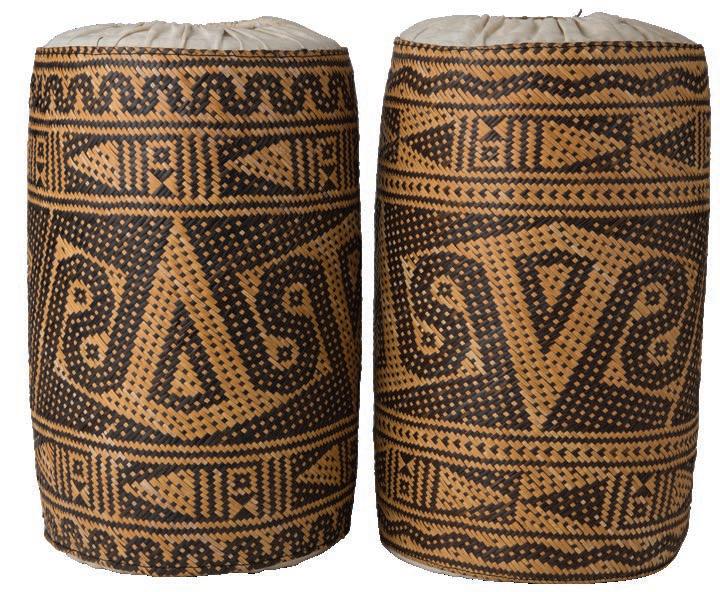
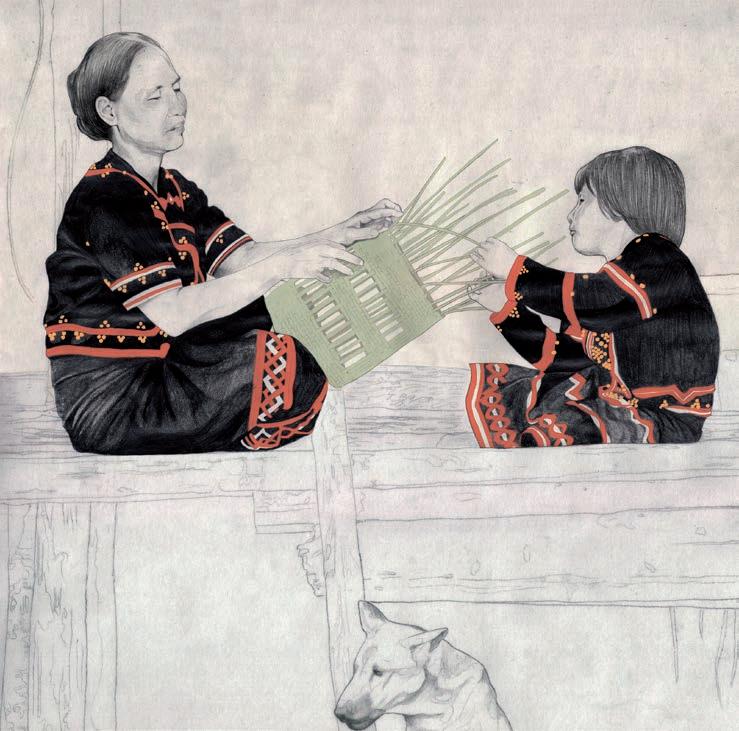

The Pride of Craft
Abundantly grown in Thailand, the resilient bamboo plant are stripped then strained, and interwoven with ratten before constructing these pretty yet functional baskets. This traditional basketry craft is reinvented by implementing the multi-coloured basketry style of the Eskimos.
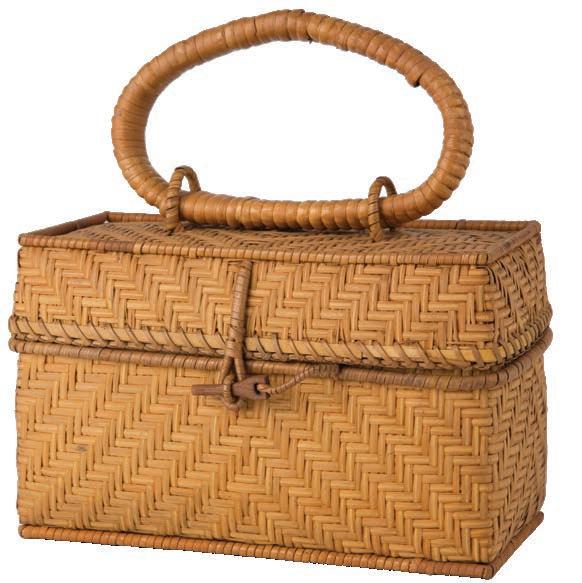

The Pride of Craft
These rich, personal stories all add to the uniqueness of each product line, and strengthen the bond with the producer.
Claire maintains that originality holds the key to any craft producer earning its place within the gallery.
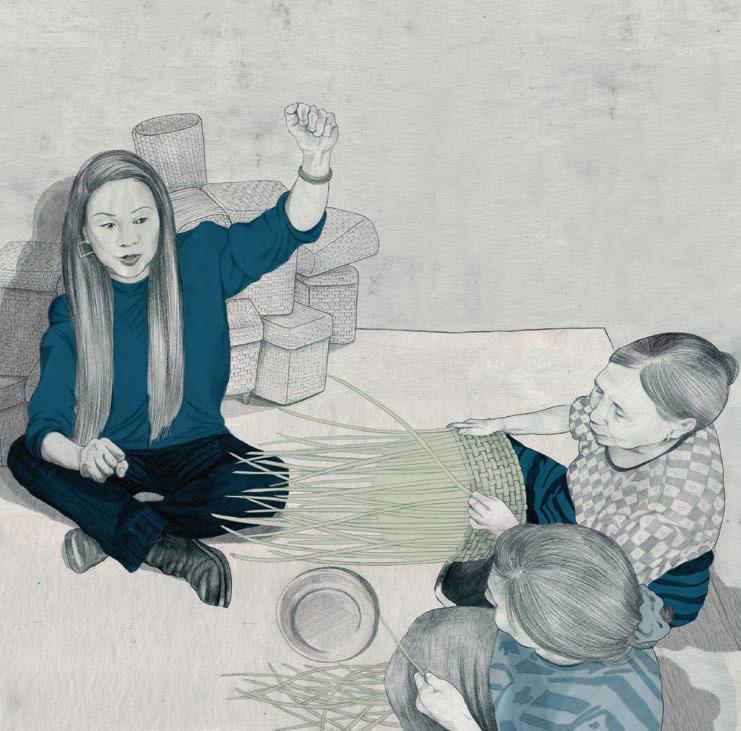 Claire sharing the design of Alsakan baskets to convince the group of Hilltribe Mooser weavers to try weaving.
Claire sharing the design of Alsakan baskets to convince the group of Hilltribe Mooser weavers to try weaving.

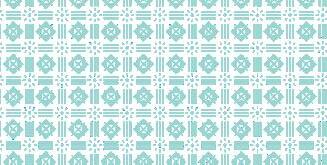
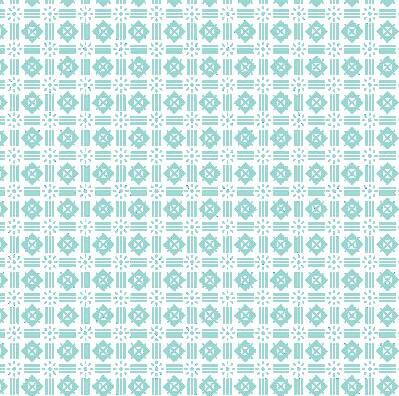






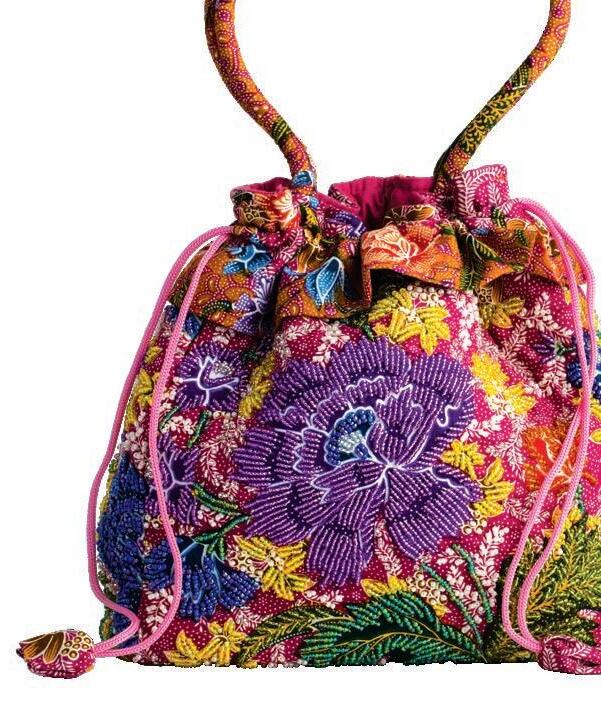
An elderly lady from the Mien minority group embroiders. Embroidery is a skill taught to children from as young as four.
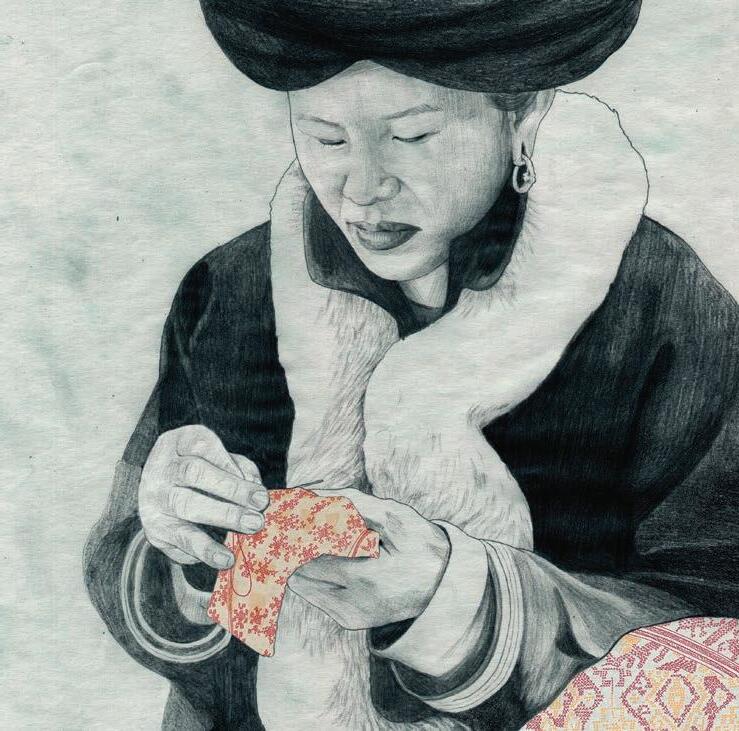
This intricate Indian shawl took a yer to create by hand. India has long been known for its fabric decoration using traditional weaving, dyeing and embroidery. has become synonymous with outstanding workmanship.
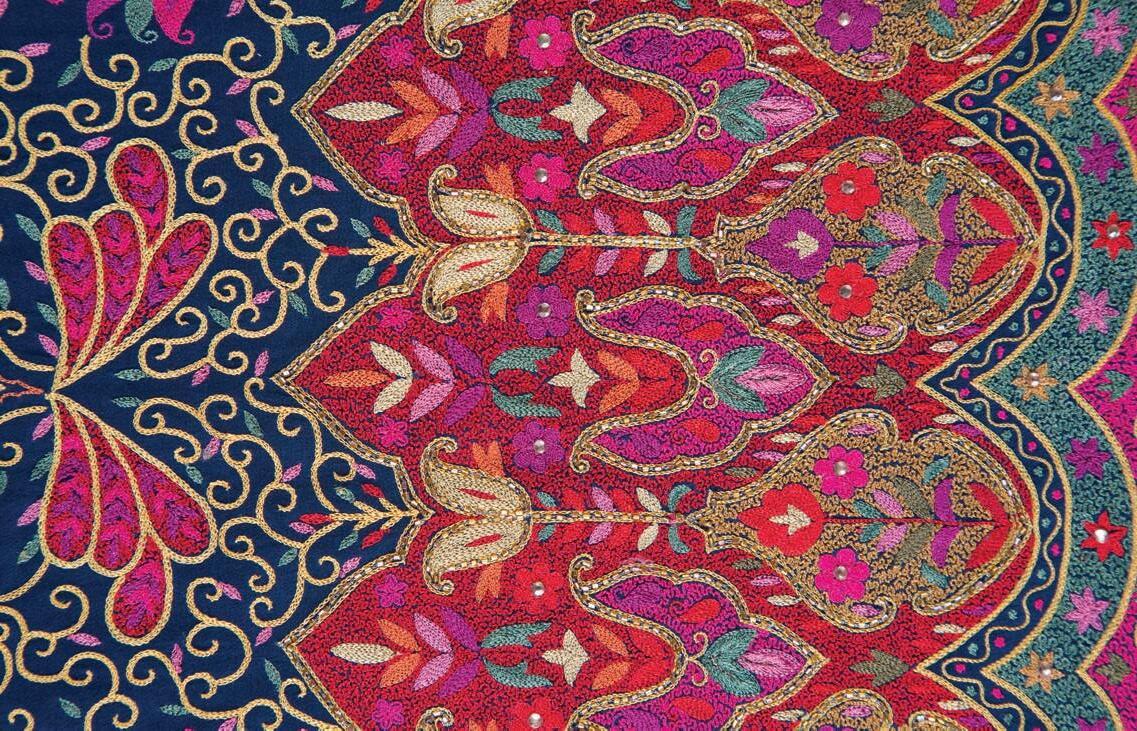
telling mythology.
The attention to detail makes fabrics as eyecatching as any artwork.
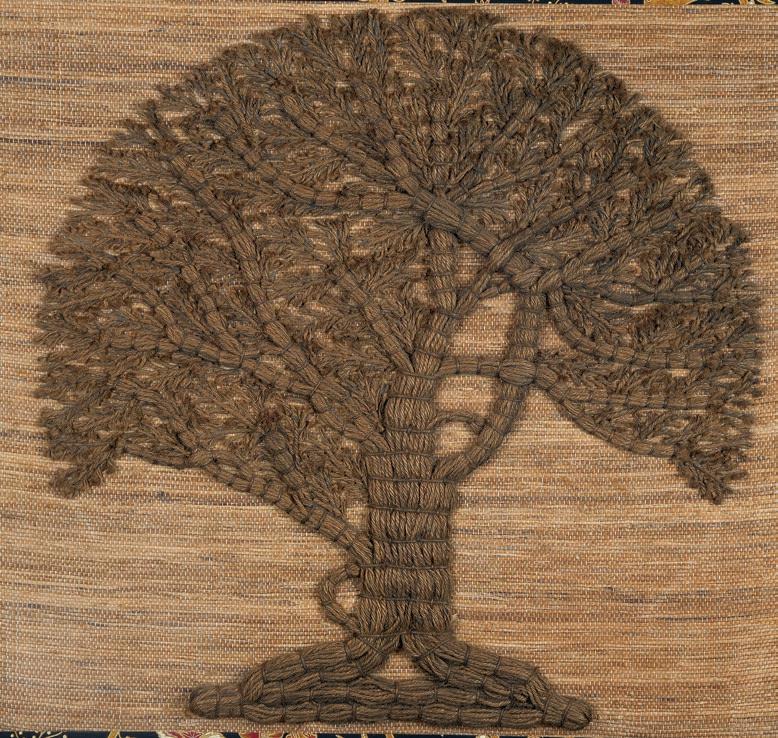
Each culture has a story, expressed, stitch-bystitch, through years of observing traditions andThis unique artwork of a Banyan Tree woven by Indian artisans, using jute. Jute is a natural fibre, more commonly known as burlap.
To celebrate Earth Day, Banyan Tree Gallery created an environmentally-conscious collection handcrafted with preserved leaves from Thailand's Tong Tung tree (Dipterocarpus tuberculatus).


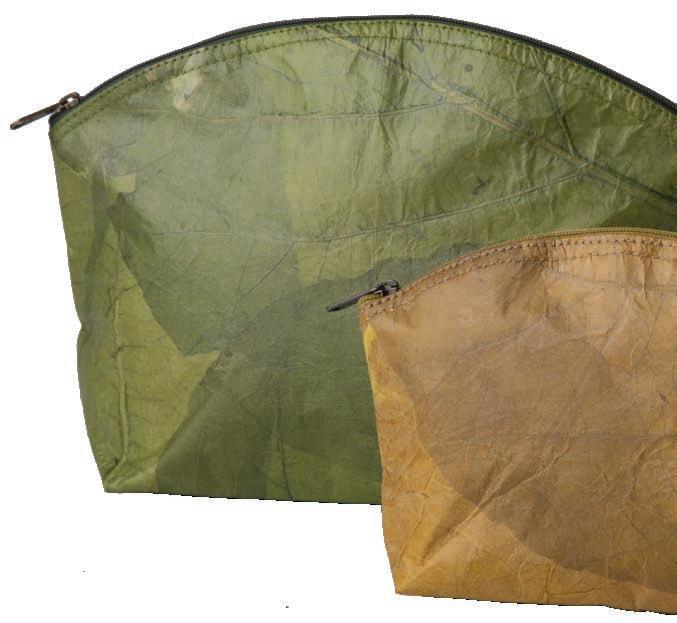


When Claire Chiang was young, she thought nothing of reusing things, like wrapping a toilet roll holder in discarded wrapping paper to make a pencil holder. What was born of a lack of material possessions and might have been termed years ago as good household management is now known as recycling. As the world produces more and more packaging, which takes thousands of years to break down, there is an ever-greater need to be creative with useable products that are otherwise consigned to rubbish landfills, polluting the landscape and the environment. “Making something out of nothing is something that I’m always so excited by,” she says. “The whole idea of recycling comes about because of scarcity, and not wasting.

The Pride of Craft
A Thai woman dries naturally dyed lotus leaves under the hot sun to minimise before they are used to make new products such as notebooks, candle holders or containers.
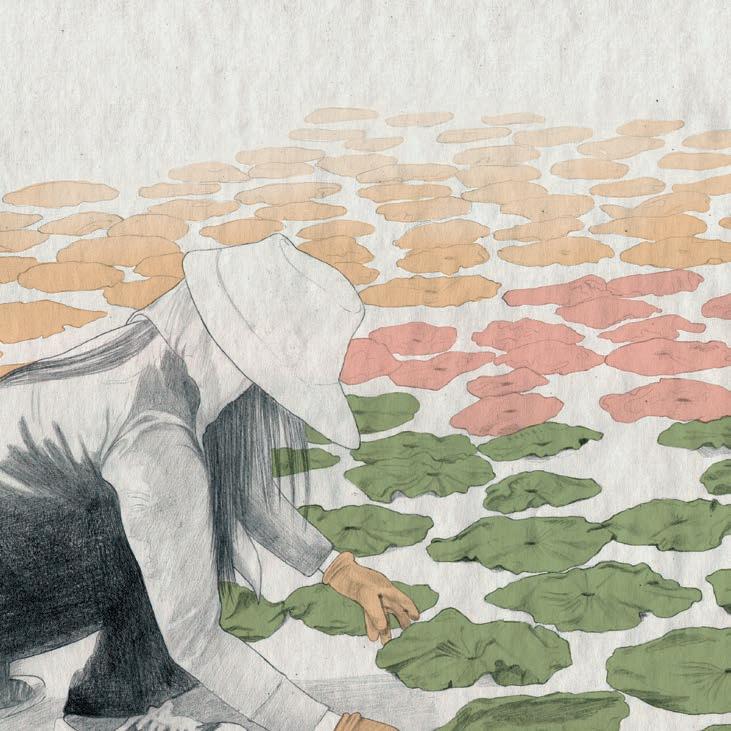
As intriguing as any artwork, carvings of mythical birds, created by local Balinese artisans adorn these impressive doors.
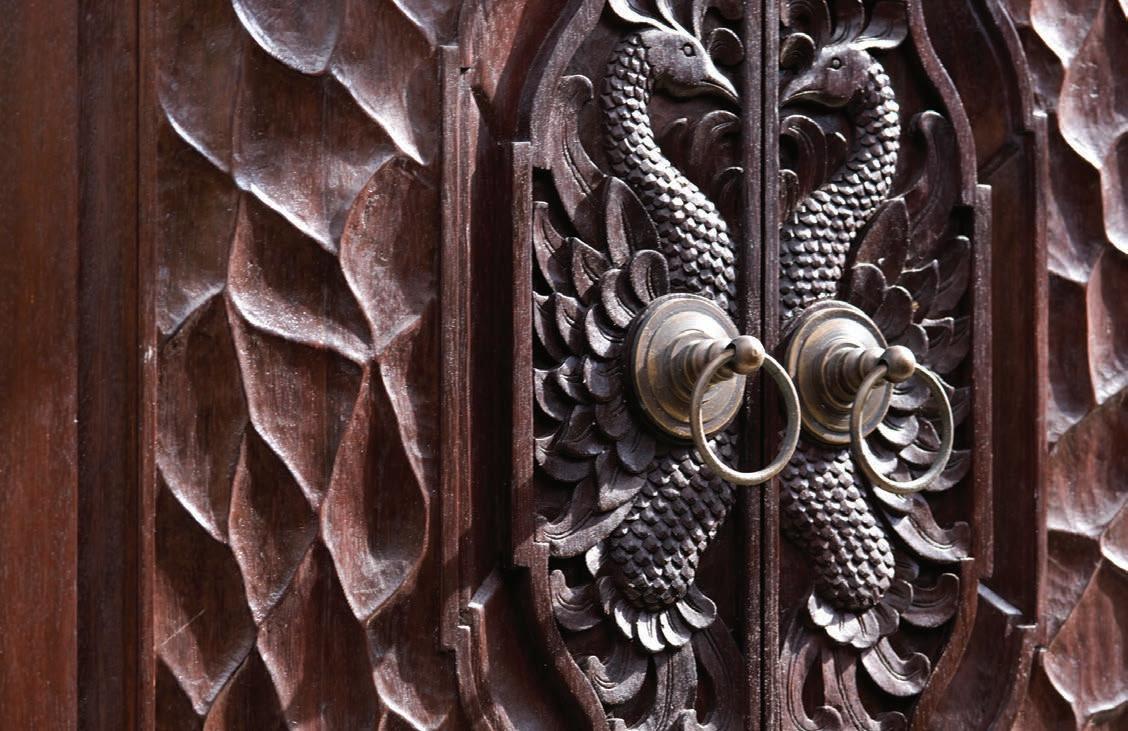
“The safeguarding of the environment and its sustainability is not simply a token tickbox to Banyan Tree: it forms the very core of the business.”